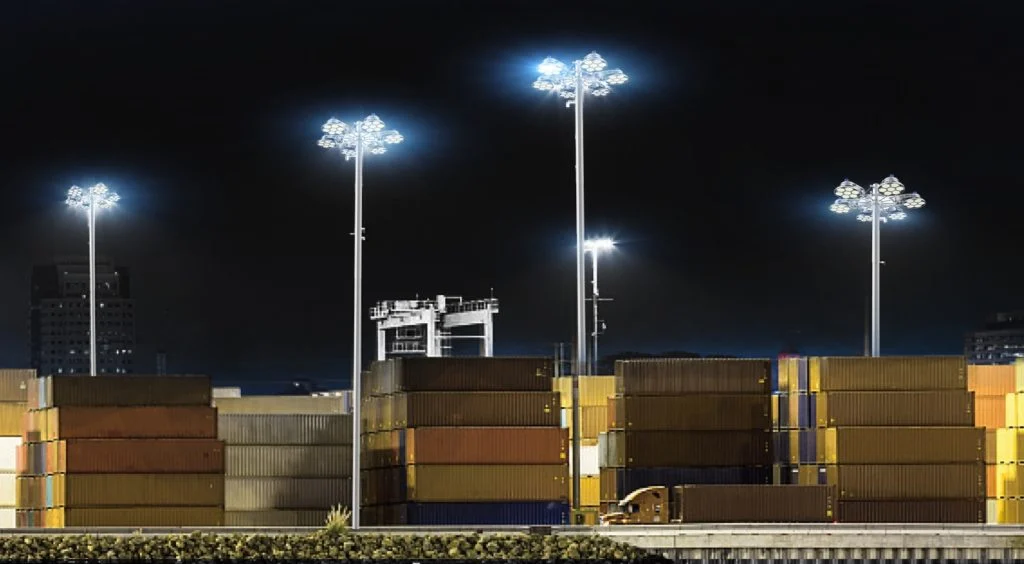In modern lighting projects, high voltage (277V to 480V range) LED luminaire power supplies have become the preferred choice for various industrial, commercial, and public spaces. These power supplies are utilized in large factories, commercial office buildings, hospitals, schools, and public transportation hubs. High voltage LED power supplies address issues such as energy wastage, low luminous efficiency, and maintenance difficulties faced by users.
Compared to traditional low voltage power supplies, high voltage LED power supplies offer the following advantages and disadvantages:
| Features | High Voltage LED Power Supply | Traditional Low Voltage Power Supply |
|---|---|---|
| Input Voltage Range | 277V to 480V | 100V to 240V |
| Energy Conversion Efficiency | Relatively high (usually above 90%) | Typically around 80%-85% |
| Luminosity Stability | Maintains high luminosity stability despite voltage fluctuations | Highly susceptible to fluctuations in voltage |
| Long-term Reliability | Durable and stable, adaptable to a wide range of voltage fluctuations | Sensitive to voltage fluctuations, prone to damage |
| Maintenance Costs | Low, reducing the frequency of luminaire damages and replacements | High, requiring frequent maintenance and replacements |
The critical aspects of designing high voltage (277V to 480V range) LED power supplies lie in improving efficiency, ensuring safety, stability, and reliability. The following points outline the key design aspects:
- Efficient Energy Conversion Technology: Utilizing resonant topology structures and efficient power management chips to enhance energy conversion efficiency and reduce energy loss.
- Stable Constant Current Output: Implementing constant current sources to ensure stable current output for LEDs under varying voltage conditions, thus increasing luminaire lifespan.
- Intelligent Dimming and Remote Control: Integrating intelligent dimming systems to adjust luminaire brightness through remote control, enhancing flexibility and customization.
- Temperature Management and Heat Dissipation Design: Employing advanced heat dissipation materials and structures to maintain stable power supply operation in high-temperature environments, extending the lifespan of both power supplies and LEDs.
During the design and manufacturing of high voltage LED power supplies, certain potential issues need to be addressed. Strategies to mitigate these issues include:
- Electromagnetic Interference (EMI) Issues: Implementing suitable electromagnetic shielding technology and filters to reduce EMI, ensuring the power supply does not affect the normal operation of surrounding devices.
- Safety Hazards: Establishing comprehensive safety systems, including overcurrent, overvoltage, and overheating protection, ensuring the power supply automatically disconnects during abnormal situations, thus avoiding safety hazards.
- Material and Production Quality Control: Selecting high-quality materials and establishing stringent production quality control systems to ensure the performance and stability of each power supply meet industry standards.
The design and manufacturing of high voltage (277V to 480V range) LED luminaire power supplies constitute a complex technical endeavor, requiring the integration of knowledge from various fields such as electrical engineering, electronics, and thermodynamics. Through efficient energy conversion, stable constant current output, intelligent dimming systems, and comprehensive safety mechanisms, high voltage LED power supplies offer reliable, efficient, and safe lighting solutions for a wide range of applications. In the future of lighting technology, high voltage LED power supplies will continue to play a vital role in advancing green lighting solutions.
